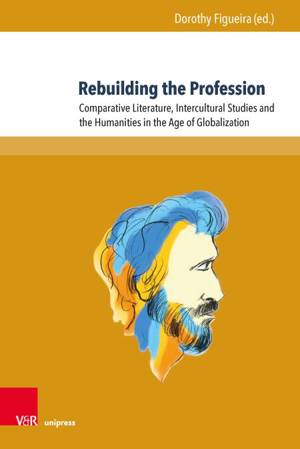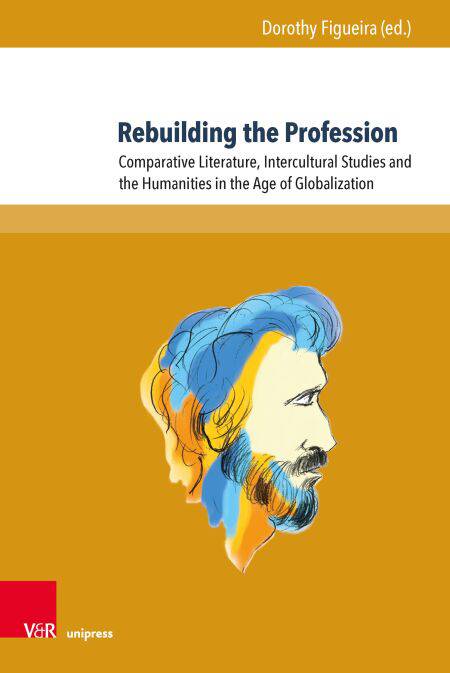
- Afhalen na 1 uur in een winkel met voorraad
- Gratis thuislevering in België vanaf € 30
- Ruim aanbod met 7 miljoen producten
- Afhalen na 1 uur in een winkel met voorraad
- Gratis thuislevering in België vanaf € 30
- Ruim aanbod met 7 miljoen producten
Zoeken
Rebuilding the Profession E-BOOK
Comparative Literature, Intercultural Studies and the Humanities in the Age of Globalization. Essays in Honor of Mihai I. Spariosu
€ 49,00
+ 49 punten
Uitvoering
Omschrijving
This volume is meant to be a retrospective look at the field of Comparative Literature as it has developed in the past two decades, as well as a reflection on its future direction if it is to remain relevant (and innovative) as a field of study. From its inception in the second half of the twentieth century, Comparative Literature in the US has been conceived as a cross-disciplinary, cross-national, and crosscultural enterprise that brings together theoretical developments in the Humanities and Social Sciences to reflect on the most important intellectual and cultural trends from a comparative perspective through the lens of literary studies. Most of the founders of Comparative Literature were distinguished European scholars who sought a safe haven from the ravages of World War II and its aftermath and who, understandably focused on the Western literary, intellectual and cultural tradition, which at the time was in danger of being annihilated by the onslaught of Fascism and Communism. With the advent of the age of globalization the field of Comparative Literature has become increasingly diverse and must, therefore, be reoriented and recognized accordingly.
Specificaties
Betrokkenen
- Uitgeverij:
Inhoud
- Aantal bladzijden:
- 239
- Taal:
- Engels
- Reeks:
Eigenschappen
- Productcode (EAN):
- 9783847010937
- Verschijningsdatum:
- 19/01/2020
- Uitvoering:
- E-book
- Formaat:

Alleen bij Standaard Boekhandel
+ 49 punten op je klantenkaart van Standaard Boekhandel
Beoordelingen
We publiceren alleen reviews die voldoen aan de voorwaarden voor reviews. Bekijk onze voorwaarden voor reviews.







